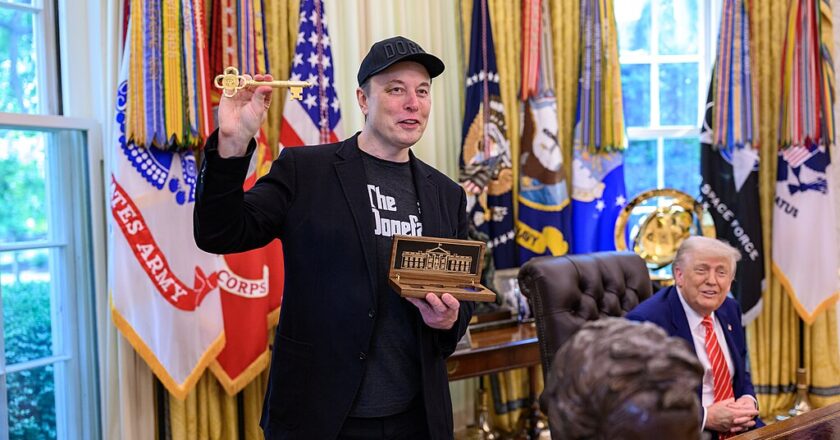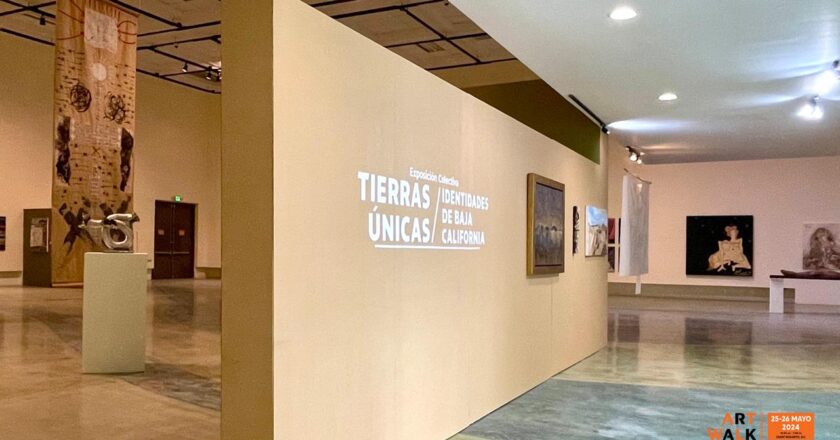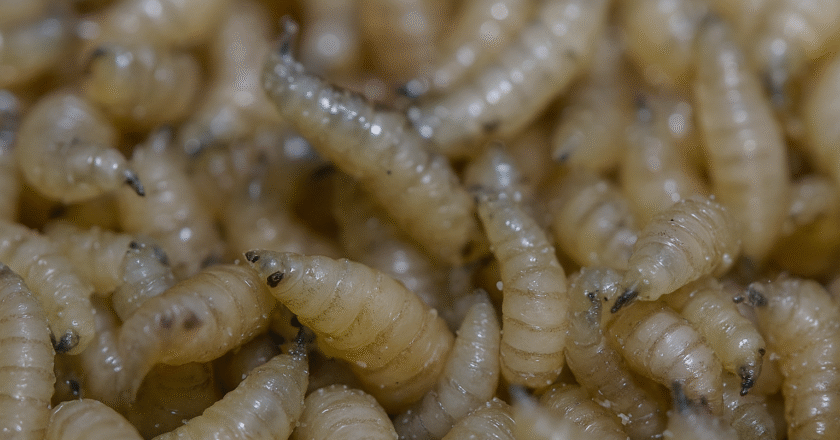Baja California México – July 29 and 30, 2025. A massive 8.7 magnitude earthquake off Russia’s east coast triggered tsunami …


Baja California México – July 29 and 30, 2025. A massive 8.7 magnitude earthquake off Russia’s east coast triggered tsunami …

Tijuana / Mexicali / Washington D.C. — Just when you thought things couldn’t get spicier, here comes the tariff talk …

While President Trump stirred up fizzy feelings in the U.S. by demanding Coca-Cola “the old-fashioned way,” folks in Baja are …

Baja Watches Closely as U.S. Migrant Protests Escalate Things have been heating up across the border, and we’re not talking …

It’s not a breakup. It’s a full-blown digital war. Once upon a tweet, Elon Musk and Donald Trump were pals—posting …

Just when you thought the border couldn’t get any pricier—remittances now come with a 3.5% surcharge. Last week, the proposed …

Cancel your beach nap. You’ve got plans. Artwalk Rosarito returns May 24–25 at CEART Playas de Rosarito, and this year …

This week’s border buzz isn’t about people. It’s about cows—and one nasty little parasite. The U.S. just paused cattle imports …

This Thursday, May 8, the Vatican confirmed what thousands gathered in St. Peter’s Square had hoped: we have a new …